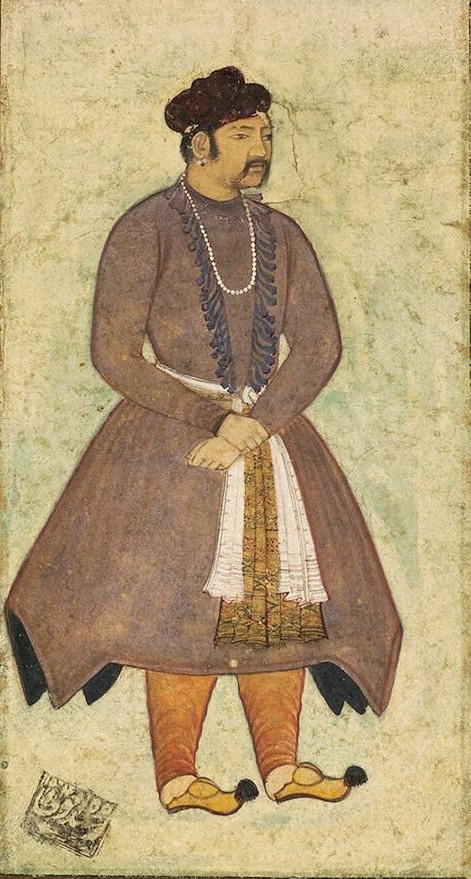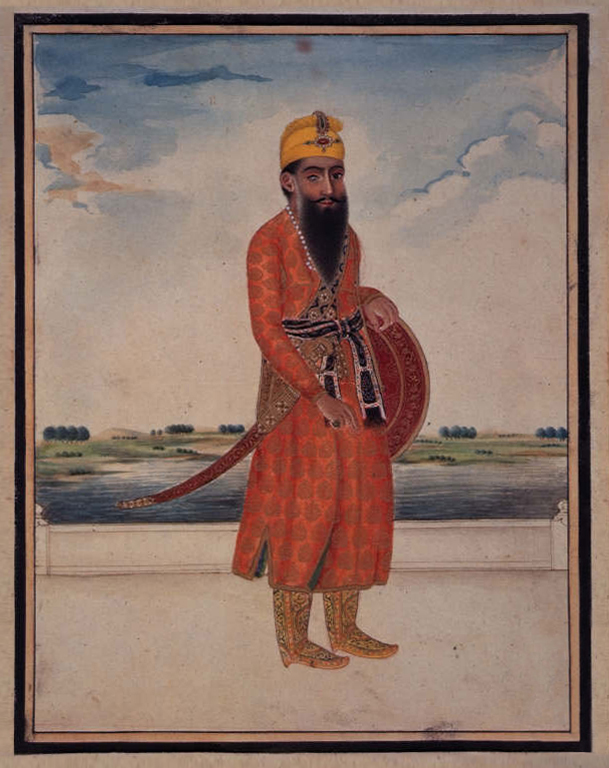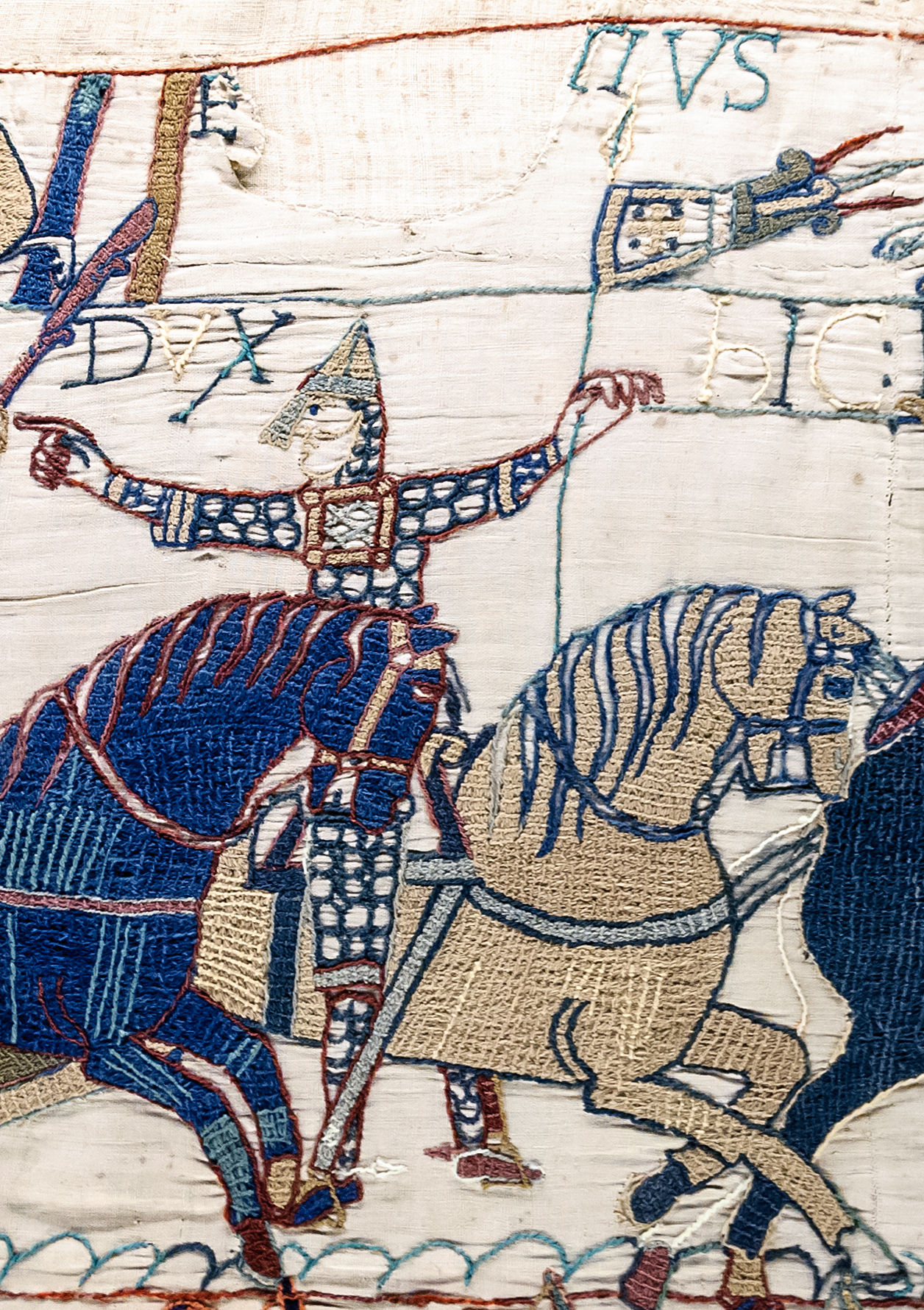|
Katzeb
''Katzeb'' (''kamarband, Kayabandh, Cummerbund'') was an article of dress encircling the body, at the waist with ends hanging in the front. It was a kind of sash also called ''patka''. Name ''Katzeb'' is a compound word. The Sanskrit word ''Kati'' means waist, and ''Zeb'' in Persian means adorn. Mughals wore it over the Jama (coat). The Katzeb is a girdle named by the third Mughal emperor Akbar who was very fashion enthusiastic and gave a new name to many contemporary costumes. These are described in Ain-i-Akbari by Abu'l-Fazl ibn Mubarak. Court costume ''Katzeb'' was a small rectangular piece of cloth but it was an essential garment of the dress that includes a jama (a coat), shawl, turban ''tanzeb (trouser)''. There are many Mughal paintings of the emperors with a sword or dagger tucked in ''Katzeb.'' Styles The katzeb is simple cloth belt like garment possible with many variants such as plain, laced, embroidered, brocaded or printed Printing is a process fo ... [...More Info...] [...Related Items...] OR: [Wikipedia] [Google] [Baidu] |
Jama (coat)
The term jama ( Hindustani: जामा, جام ; Bengali: জামা; Odia: ଜାମା ) refers to a long coat which was popular in South Asia during the early modern era. Styles ]Some styles of the jama were tight around the torso but flared out like a skirt to below the knees or the ankles. * The chakman jama, ended at around the knees. The sleeves tended to be full. The jama was fastened to either side with strings with some styles also opening at the front. What was originally male dress was also adopted by women who wore the jama with a scarf and tight fitting pajamas. The ties of the upper half of the jama are taken under the armpit and across the chest. * ''Chakdar jama'' Jama with chaks (slits) was a particular style of jama. It was the pointed jama which was like the standard Mughal jama but the skirt fell in four to six points instead of the circular hem of the Mughal jama. This jama may be derived from the Rajput court's takauchiah and therefore could be of ... [...More Info...] [...Related Items...] OR: [Wikipedia] [Google] [Baidu] |
Farzi (coat)
''Farzi'' refers to an outer garment of the Mughal empire, Mughal court. It was a coat with short sleeves and fur collars, opened in front. The length was shorter than Jama (coat), Jama. Farzi was a winter's garment. Mughal emperors and courtiers were wearing it over the Jama, fastened with a decorated piece of cloth, i.e., Katzeb around the waist area with loosely hanging ends. Farzi was one of the costumes given in ''Khilat'' (robes of honour) to the Mughal nobles and other courtiers. The coat was very much famous in the 17th century among the royals. See also * Mughal clothing * Tubada (coat), Tubada References Mughal clothing {{Clothing-stub ... [...More Info...] [...Related Items...] OR: [Wikipedia] [Google] [Baidu] |
Izarband
''Izarband'' ''(naada, izārband, Izar band, Kamarband, Kamar Ki Patti and Patka'', ازار بند) is a kind of girdle. Izarband is used to tie the upper part of various dresses such as salwar, pajamas, ghagra, petticoat, etc., in the Indian subcontinent. The said garments have the upper side turned inwards and stitched to make a narrow tubular passage, in which the izarband passes, there is one opening in the front side to collect and tie/ knot the ends. Izarband was one of the accessory (closures) items of textiles produced in the Punjab region. The Izarband is similar to a drawstring but narrower than a katzeb or a sash. Types and use The structure is formed with a net weave, materials used for Izarband are generally white cotton and colored silk. There are many decorated variants of Izarbands sometimes ending with ornamental tassels. Izarband aid in several ethnic lowers mainly support, tie and gather a bigger dress circumference, such as patiala salwar and ghagra. Seve ... [...More Info...] [...Related Items...] OR: [Wikipedia] [Google] [Baidu] |
Portrait Of Akbar By Manohar
A portrait is a painting, photograph, sculpture, or other artistic representation of a person, in which the face is always predominant. In arts, a portrait may be represented as half body and even full body. If the subject in full body better represents personality and mood, this type of presentation may be chosen. The intent is to display the likeness, personality, and even the mood of the person. For this reason, in photography a portrait is generally not a snapshot, but a composed image of a person in a still position. A portrait often shows a person looking directly at the painter or photographer, to most successfully engage the subject with the viewer, but portrait may be represented as a profile (from aside) and 3/4. History Prehistorical portraiture Plastered human skulls were reconstructed human skulls that were made in the ancient Levant between 9000 and 6000 BC in the Pre-Pottery Neolithic B period. They represent some of the oldest forms of art in the Middle Eas ... [...More Info...] [...Related Items...] OR: [Wikipedia] [Google] [Baidu] |
Dagger
A dagger is a fighting knife with a very sharp point and usually one or two sharp edges, typically designed or capable of being used as a cutting or stabbing, thrusting weapon.State v. Martin, 633 S.W.2d 80 (Mo. 1982): This is the dictionary or popular-use definition of a dagger, which has been used to describe everything from an ice pick to a folding knife with a pointed blade as a 'dagger'. The Missouri Supreme Court used the popular definition of 'dagger' found in Webster's New Universal Dictionary ("a short weapon with a sharp point used for stabbing") to rule that an ordinary pointed knife with a four- to five-inch blade constitutes a 'dagger' under the Missouri criminal code.California Penal Code 12020(a)(24):"dagger" means a ''knife or other instrument'' with or without a handguard that is ''capable of ready use as a stabbing weapon'' that may inflict great bodily injury or death. The State of California and other jurisdictions have seized upon the popular-use definition of ... [...More Info...] [...Related Items...] OR: [Wikipedia] [Google] [Baidu] |
Costumes
Costume is the distinctive style of clothing, dress and/or cosmetics, makeup of an individual or group that reflects class, gender, occupation, ethnicity, nationality, activity or epoch—in short, culture. The term also was traditionally used to describe typical appropriate clothing for certain activities, such as Riding habit, riding costume, Swimsuit, swimming costume, dance costume, and evening gown, evening costume. Appropriate and acceptable costume is subject to changes in fashion and local cultural norms. This general usage has gradually been replaced by the terms "dress", "attire", "robes" or "wear" and usage of "costume" has become more limited to unusual or out-of-date clothing and to attire intended to evoke a change in identity, such as theatrical, Halloween, and mascot costumes. Before the advent of ready-to-wear apparel, clothing was made by hand. When made for commercial sale it was made, as late as the beginning of the 20th century, by "costumiers", often wom ... [...More Info...] [...Related Items...] OR: [Wikipedia] [Google] [Baidu] |
Textile Printing
Textile printing is the process of applying Color of clothing, color to textile, fabric in definite patterns or designs. In properly printing, printed fabrics the colour is bonded with the fiber, fibre, so as to resist washing and friction. Textile printing is related to dyeing but in dyeing properly the whole fabric is uniformly covered with one colour, whereas in printing one or more colours are applied to it in certain parts only, and in sharply defined patterns. In printing, wooden blocks, stencils, engraving, engraved plates, rollers, or silkscreens can be used to place colours on the fabric. Colourants used in printing contain dyes thickened to prevent the colour from spreading by capillary attraction beyond the limits of a pattern or design. History Woodblock printing is a technique for printing text, images or patterns used widely throughout East Asia and probably originating in China in antiquity as a method of printing on textiles and later paper. As a method of pr ... [...More Info...] [...Related Items...] OR: [Wikipedia] [Google] [Baidu] |
Brocade
Brocade () is a class of richly decorative shuttle (weaving), shuttle-woven fabrics, often made in coloured silks and sometimes with gold and silver threads. The name, related to the same root as the word "broccoli", comes from Italian language, Italian meaning 'embossed cloth', originally past participle of the verb 'to stud, set with nails', from , 'small nail', from Latin , 'projecting, pointed'. Brocade is typically woven on a draw loom. It is a supplementary weft technique; that is, the ornamental brocading is produced by a supplementary, non-structural, weft in addition to the standard weft that holds the warp (weaving), warp threads together. The purpose of this is to give the appearance that the weave was actually embroidered on. In Guatemala, brocade is the most popular technique used to decorate fabric woven by Maya peoples, Maya weavers on backstrap looms. Ornamental features in brocade are emphasised and wrought as additions to the main fabric, sometimes stiffe ... [...More Info...] [...Related Items...] OR: [Wikipedia] [Google] [Baidu] |
Embroidery
Embroidery is the art of decorating Textile, fabric or other materials using a Sewing needle, needle to stitch Yarn, thread or yarn. It is one of the oldest forms of Textile arts, textile art, with origins dating back thousands of years across various cultures. Common Embroidery stitch, stitches found in early embroidery include the chain stitch, Buttonhole stitch, buttonhole or blanket stitch, running stitch, satin stitch, and cross stitch. Modern embroidery continutes to utilize traditional techniques, though many contemporary stitches are exclusive to machine embroidery. Embroidery is commonly used to embellish accessories and garments is usually seen on quilts, clothing, and accessories. In addition to thread, embroidery may incorporate materials such as Pearl, pearls, Bead, beads, Quill, quills, and Sequin, sequins to highlight texture and design. Today, embroidery serves both decorative and functional purposes and is utilized in fashion expression, cultural identity, and ... [...More Info...] [...Related Items...] OR: [Wikipedia] [Google] [Baidu] |
Lace
Lace is a delicate fabric made of yarn or thread in an open weblike pattern, made by machine or by hand. Generally, lace is split into two main categories, needlelace and bobbin lace, although there are other types of lace, such as knitted or crocheted lace. Other laces such as these are considered as a category of their specific craft. Knitted lace, therefore, is an example of knitting. This article considers both needle lace and bobbin lace. While some experts say both needle lace and bobbin lace began in Italy in the late 1500s, there are some questions regarding its origins. Originally linen, silk, gold, or silver threads were used. Now lace is often made with cotton thread, although linen and silk threads are still available. Manufactured lace may be made of synthetic fiber. A few modern artists make lace with a fine copper or silver wire instead of thread. Etymology The word lace is from Middle English, from Old French ''las'', noose, string, from Vulgar Latin">-4; ... [...More Info...] [...Related Items...] OR: [Wikipedia] [Google] [Baidu] |
Clothing
Clothing (also known as clothes, garments, dress, apparel, or attire) is any item worn on a human human body, body. Typically, clothing is made of fabrics or textiles, but over time it has included garments made from animal skin and other thin sheets of materials and natural products found in the environment, put together. The wearing of clothing is mostly restricted to human beings and is a feature of all human societies. The amount and type of clothing worn depends on gender, body type, social factors, and geographic considerations. Garments cover the body, footwear covers the feet, gloves cover the hands, while hats and headgear cover the head, and underwear covers the intimate parts. Clothing serves many purposes: it can serve as protection from the elements, rough surfaces, sharp stones, rash-causing plants, and insect bites, by providing a barrier between the skin and the environment. Clothing can insulate against cold or hot conditions, and it can provide a hygienic barrie ... [...More Info...] [...Related Items...] OR: [Wikipedia] [Google] [Baidu] |
Textile
Textile is an Hyponymy and hypernymy, umbrella term that includes various Fiber, fiber-based materials, including fibers, yarns, Staple (textiles)#Filament fiber, filaments, Thread (yarn), threads, and different types of #Fabric, fabric. At first, the word "textiles" only referred to woven fabrics. However, weaving is not the only manufacturing method, and many other methods were later developed to form textile structures based on their intended use. Knitting and Nonwoven, non-woven are other popular types of fabric manufacturing. In the contemporary world, textiles satisfy the material needs for versatile applications, from simple daily clothing to Bulletproof vest, bulletproof jackets, spacesuits, and Medical gown, doctor's gowns. Textiles are divided into two groups: consumer textiles for domestic purposes and technical textiles. In consumer textiles, Aesthetics (textile), aesthetics and Textile performance#Comfort, comfort are the most important factors, while in techn ... [...More Info...] [...Related Items...] OR: [Wikipedia] [Google] [Baidu] |









